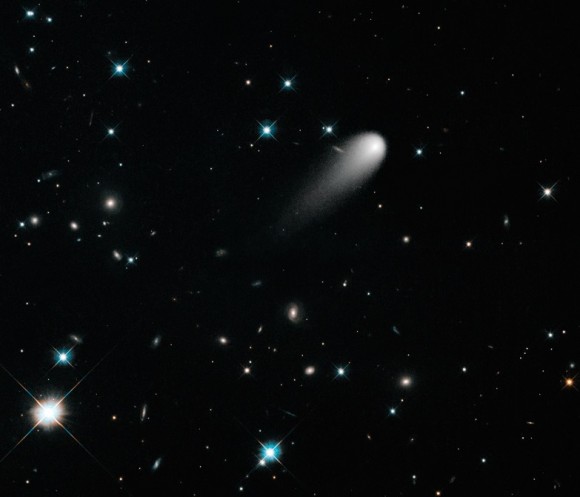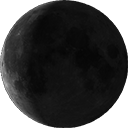The right image shows an image captured by the Sunrise balloon-borne telescope of a region of the chromosphere in close proximity to two sunspots. It serves as a close up of the left images, which were captured by NASA’s Solar Dynamics Observatory. The images were taken on July 16, 2013.
Image Credit:NASA/SDO/MPS
Three months after the flight of the solar observatory Sunrise – carried aloft by a NASA scientific balloon in early June 2013 — scientists from the Max Planck Institute for Solar System Research in Germany have presented unique insights into a layer on the sun called the chromosphere. Sunrise provided the highest-resolution images to date in ultraviolet light of this thin corrugated layer, which lies between the sun’s visible surface and the sun’s outer atmosphere, the corona.
With its one-meter mirror, Sunrise is the largest solar telescope to fly above the atmosphere. The telescope weighed in at almost 7,000 pounds and flew some 20 miles up in the air. Sunrise was launched from Kiruna in the north of Sweden and, after five days drifting over the Atlantic, it landed on the remote Boothia Peninsula in northern Canada, gathering information about the chromosphere throughout its journey.
The temperature in the chromosphere rises from 6,000 K/10,340 F/5,272 C at the surface of the sun to about 20,000 K/ 35,540 F/19,730 C. It’s an area that’s constantly in motion, with different temperatures of hot material mixed over a range of heights, stretching from the sun’s surface to many thousands of miles up. The temperatures continue to rise further into the corona and no one knows exactly what powers any of that heating.




